E-commerce has been on the rise for years but has had explosive growth during the pandemic. Traditional B2B demand gen models are becoming outdated as privacy regulations are more stringent and fewer people are willing to give up their personal information.
Because of this it’s essential to have an Account-based marketing (ABM) strategy. This focuses on targeting top potential customers and uses both marketing and sales initiatives to capture the prospect’s interest and nurture them through the buying journey. Here’s a guide on how to do that.
As many e-commerce businesses experienced firsthand, COVID-19 caused a boom in online shopping. What was already a high-growth industry has catapulted into hyper-speed as the world adapted to changing regulations, societal norms and customer needs. While the rapid growth across global e-commerce markets and categories is projected to even out to pre-pandemic numbers, that time is still far off. We will continue to see large upticks in e-commerce growth worldwide in two to three years.

Most of the B2B buying journey is conducted anonymously until the buyer gets closer to the point of purchase, which is why a tech-driven “zero-touch” demand gen strategy is critical for growth. And with ABM tech platforms becoming mainstream, it is much easier to implement (think of platforms such as Marketo, Pardot, and HubSpot).
Pro tip: Before I go deeper, instead of looking at an ABM program as a lead scoring initiative, it’s best to shift to a mindset where you look at ABM as a sales intelligence initiative. It’s about uncovering prospect behavior and weighting sales intent/intel and brand engagement rather than “funnel lead scoring” (engagement is a better metric to forecast revenue).
The shift and the case for ABM: Anonymous buyer’s journey
In our always-on, buy anything anywhere world, customers want their buying experiences to be personalized, dynamic and convenient, and B2B buyers are no different. As a result, many businesses are trying to reinvent themselves, adapt to new business models and technologies, adhere to new consumer expectations, and keep pace with their competitors.
It’s a great time (and opportunity) for a B2B company to support those shifts — but it’s tough to get mindshare (let alone wallet-share). More and more, the buyer journey is conducted digitally:
- Two-thirds of B2B buyers say they are now “self-serving” more information before contacting vendors.
- 63% of purchases have more than four people involved in the buying group (up from 47% in 2017).
- The number of buying interactions during the pandemic jumped from 17 to 27 (the number of buying interactions reflects one individual’s buying journey to obtain information about competing offerings or providers).
- 74% of B2B marketers say they are seeing customers taking more control over the buying process.
- 62% say they can now develop selection criteria or finalize a vendor list — based solely on digital content.
- 70% of the buyer’s journey is complete before a buyer even reaches out to sales.
When you consider the above, you start to understand why a “zero-touch” approach is so important; it allows the prospect to buy the way they want to buy and not necessarily the way you want to sell. And that’s where ABM comes in. A zero-touch approach that still delivers the highly personalized and curated experiences B2B buyers want.
What to aim to achieve with ABM
Aim to identify a composite pattern of digital cross-channel account behavior that suggests interest and enables a very focused sales engagement into those targeted segments/accounts. Specifically:
- Translate ABM brand awareness from target accounts into website traffic.
- Continue to hyper-segment accounts that demonstrate interest with a secondary tactic and messaging (e.g., a case study, additional zero-touch tactics/assets, etc.)
- Implement funnel-based personalization through funnel/DRIP system.
- Optimize ad spend and activity towards accounts showing website and ad engagement.
- Evaluate the impact on traffic to points of conversation (such as the “Contact Us” button or a “zero-touch” contact form) and re-target accounts that don’t convert.
- Meet pipeline objectives and key results (OKRs) for ABM campaigns.
Get the daily newsletter digital marketers rely on.
ABM program governance: Ground rules
It’s time to make friends! ABM requires rules of engagement between everyone involved (particularly marketing, sales and IT) to work as painlessly as possible and drive alignment throughout the organization. Misalignment is a problem because it affects every phase of ABM — planning, execution, and measurement. This can be solved by aligning on goals and incentives. Determine the ABM Team, and sit down to figure it out:
- Cadence of team touchpoints: Weekly updates, monthly check-ins, quarterly reviews.
- Updates: Audience and account data updated bi-weekly
- Audience naming conventions: Vocabulary can vary from department to department; ensure consistency to keep the data clean.
- Account grouping: Agree on classifying e-commerce companies (SMBs/SMEs, Enterprise, etc.) beforehand.
- Hierarchical taxonomy: Ensure the prioritization of the audiences is clear and documented.
- Opportunity weighting: Sales and Marketing need to align on sales intelligence weighting at the account level (company) and the contact level (individual).
- Progression: Agree on how e-commerce audiences are operationally and philosophically tagged and moved through the buyer journey.
Ideal e-tailer profile
Defining your ideal customer profile (ICP) beforehand is critical. Meaning, what types of e-tailer buyers are present in the ecosystem, and which ones should you be focused on? How are you tiering targets? Some factors to consider:
Segmentation tips:
- Hyper-personalize where possible (where people know you).
- Segment where possible (where companies might not know you but have common attributes so that you can craft language around their e-commerce sector).
- Create more mainstream messaging if you don’t know the sector and therefore need something a little more general.
Marketing and sales need to work together to identify, select, and prioritize target accounts. The buying group will also have to be identified; as an example, in a buying group of four, who is:
- The user: Usually, the actual user of the product (focused on workflow).
- The influencer: Researches the different options available through the buying process (focused on best practices and vendor comparisons).
- The decision-maker: Usually the manager of the influencer (focused on ROI).
- The IT subject matter expert: The person who must determine any impact on tech infrastructure (focused on seamless operations/integration).
Personas
Buyer personas are a semi-fictional representation of your ICP, based on market research and existing customer data. Why use them?
- The information that goes into creating a buyer persona helps to personalize your target customer, building a clear picture of the real people who buy products or services
- A company’s expertise touches a range of audiences with various needs. Audiences may not see the immediate value if content speaks to what the company does vs. what it does for its specific audiences
Targeting WITHOUT personas puts more onus on the prospect to decipher your offering and complicates the customer experience, eroding confidence and trust. Targeting WITH them improves the customer experience, shortens the decision cycle, and maximizes the impact with more targeted content.
There are many persona templates available online; here is an example of one HubSpot offers:

Content strategy
Inbound is guided by the philosophy that every customer is on a quest to accomplish something, and as marketers, our job is to act as trusted advisors to help them get where they need to go. The goal of inbound, then, is to create one-to-one relationships with customers (new and existing) that have a lasting impact on them and your brand.
Inbound marketing is about building value and trust, NOT about selling.
Content delivers the message of your inbound marketing strategy; in other words, content acts as the voice of your brand while helping customers on their quest to solve a problem. The content strategy should empower your e-commerce customers to entertain and educate them, as it contributes to creating the long-lasting relationships that inbound marketing is focused on.
Inbound marketing seeks to produce content that follows a three-step methodology: attract, engage and delight. When layered onto the steps in a typical buyer’s journey, the result shows the pathway for converting strangers to your brand into promoters of your brand. Consider deploying this framework:

But how to do that as effortlessly as possible? Automation.
Programmatic and tech
The power of ABM is due to the advantages of digital marketing; automating data collection and connection enables the customization of interactions with those customers. It also allows B2B marketers to reach large volumes of customers with greater precision and personalization.
Tech now makes it easier to identify the e-commerce customers most likely to spend and have a high spend. It isn’t about developing an extraordinary number of leads. It’s about sales intelligence that allows you to develop the leads that really matter.
Crawl before you walk before you run. If you have a smaller contact list (e.g.,
- CRM structure
- Email system
- Deal flow/lead platforms
- Data modeling
- Ad performance dashboard
However, once your target lists grow (100–1,000s contacts), you’ll want to look at platforms that can do programmatic ABM:
- Marketing automation (e.g., HubSpot, Marketo, Pardot)
- Predictive analytics (e.g., Bombora, 6Sense)
- ABM ad-targeting platform (e.g., Terminus, Demandbase)
You’re not alone in figuring it out!

Roles and responsibilities: Friends, not foes
Marketing and Sales need to work differently if ABM is going to work and drive alignment (i.e., more collaboration and fewer silos). Marketing needs to develop personas for both a) individuals and b) buying groups and use those personas to engage with prospects deliberately and proactively. Sales should shift from a fragmented, manual process and lean into the automation made possible through tech. As stated earlier, the shift from being lead-centric to account-centric is key, and using combined sales and marketing data will yield better intel.
Measurement
Data is used to make decisions and help companies reach their goals — but data collection in 2022 has become drastically different with customers now aware of how much data they’re giving up and with the dramatic changes to data privacy initiated by the likes of Apple and Facebook.
The rising importance of zero- and first-party data has changed how e-commerce businesses collect information from consumers. However, e-commerce companies must prioritize collecting this data to sustain the marketing efforts required to succeed.
It will also require marketers to shift and look at metrics differently. It is time to move away from tracking traditional (and at times, vanity) metrics like impressions, CPMs, click-through rates, web traffic, etc. and move towards tracking that speaks to revenue:
- Program performance (target account activity, opportunities, pipeline)
- Program strategy (revenue, win/loss rates, funnel velocity, cross-sell and up-sell, and retention)
In summary
E-commerce businesses face many trends and challenges when striving to succeed in this rapidly evolving marketplace.
Now you know how to use tech to identify cross-channel account behavior, translate Account-Based-Marketing brand awareness into website traffic and evaluate its impact on points of conversation that will drive growth. ABM is key to competing in today’s B2B world, and it works — because a more targeted, personalized, and exceptional customer experience always does.
Developing an ABM strategy that focuses on targeting top potential customers and uses both marketing and sales initiatives to capture the prospect’s interest and nurture them through the buying journey is now a foundational part of any go-to-market plan.
Account-based marketing: A snapshot
What it is. Account-based marketing, or ABM, is a B2B marketing strategy that aligns sales and marketing efforts to focus on high-value accounts.
This customer acquisition strategy focuses on delivering promotions — advertising, direct mail, content syndication, etc. — to targeted accounts. Individuals who may be involved in the purchase decision are targeted in a variety of ways, in order to soften the earth for the sales organization.
Why it’s hot. Account-based marketing addresses changes in B2B buyer behavior. Buyers now do extensive online research before contacting sales, a trend that has accelerated during the COVID-19 pandemic. One of marketing’s tasks in an ABM strategy is to make certain its company’s message is reaching potential customers while they are doing their research.
Why we care. Account engagement, win rate, average deal size, and ROI increase after implementing account-based marketing, according to a recent Forrester/SiriusDecisions survey. While B2B marketers benefit from that win rate, ABM vendors are also reaping the benefits as B2B marketers invest in these technologies and apply them to their channels.
Read next: What is ABM and why are B2B marketers so bullish on it?
Opinions expressed in this article are those of the guest author and not necessarily MarTech. Staff authors are listed here.












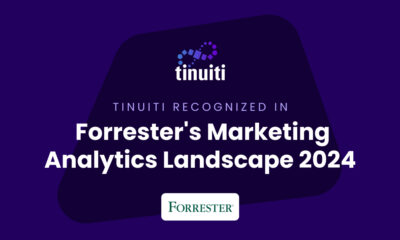






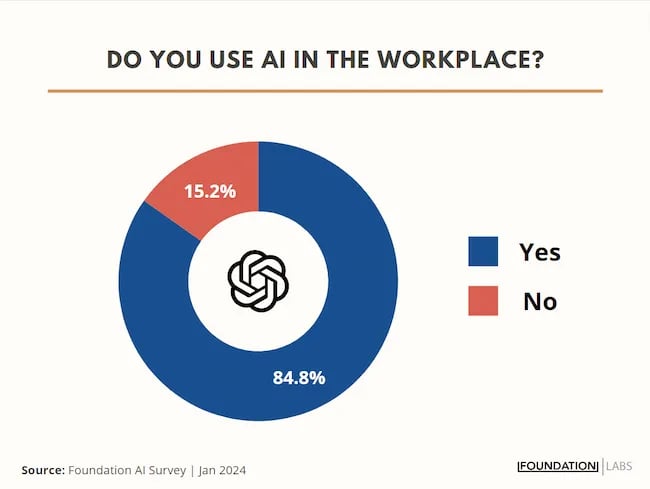
![How to Use AI For a More Effective Social Media Strategy, According to Ross Simmonds Download Now: The 2024 State of Social Media Trends [Free Report]](https://articles.entireweb.com/wp-content/uploads/2024/04/How-to-Use-AI-For-a-More-Effective-Social-Media.png)

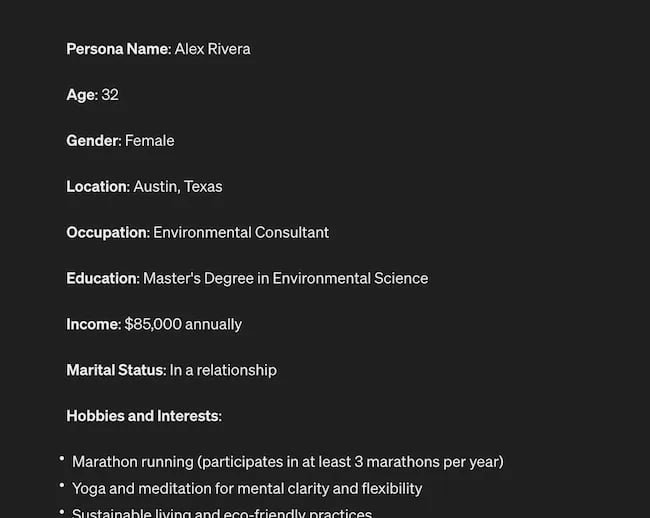
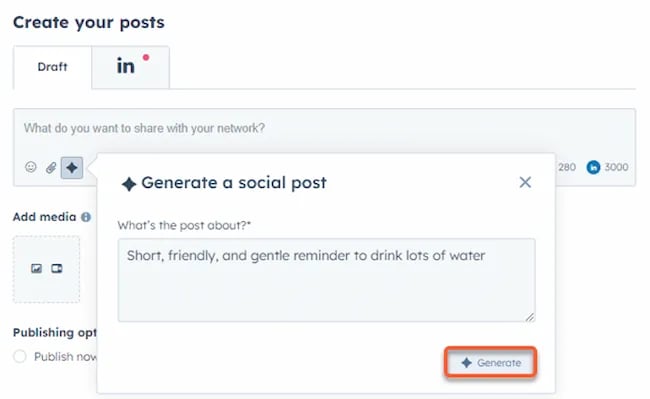
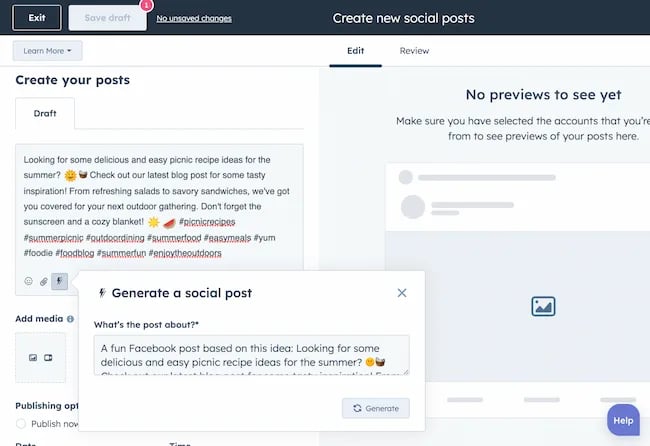
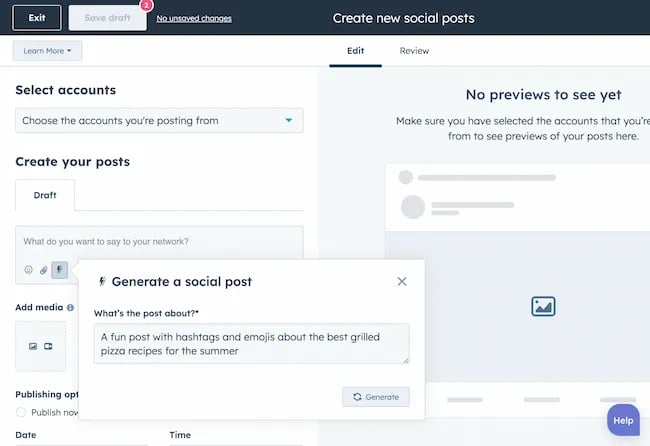
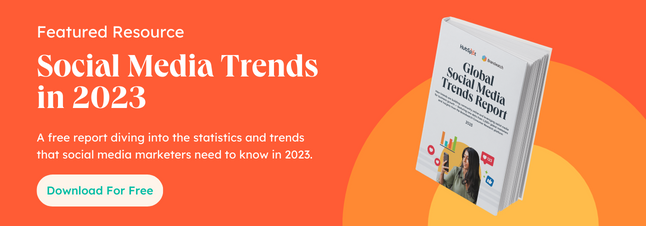









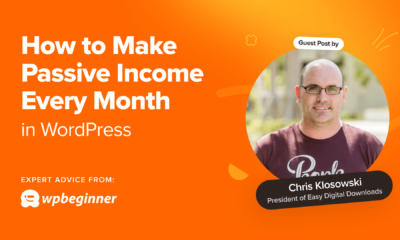



You must be logged in to post a comment Login